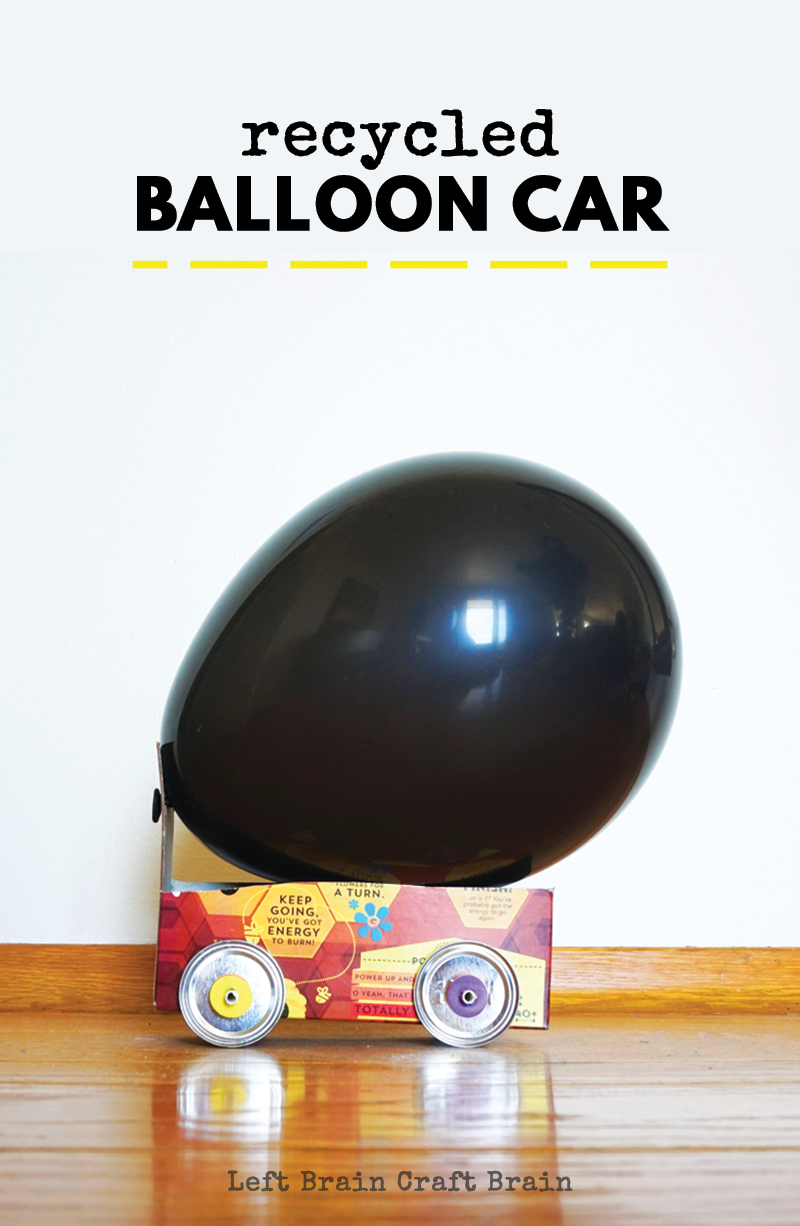
Every decision about what to do with the boat was discussed, pros and cons were weighed, and students voted on what to do next.

Some sponsored time, others money, and some donated goods and services our school couldn’t support, like welding aluminum and machining. One last minute switch upgrade, and we were all anxious to see if it would work on race day!Īs much as the students were engaged, this project had the same effect on our parents, volunteers, and local individual and business sponsors. However, the team was practicing the weekend before in Lake Oroville when our main switch melted and we were dead in the water. This year was our most successful year of racing. We have had years plagued with breakdowns, seasons where we could only practice in our local pool due to drought, as well as a few very successful years competing.

I have been teaching sixth grade for more than twenty years, and I have never seen students more excited and engaged about a school event than the Regatta. We are a group of 6th through 8th graders that have volunteered to not only build and pilot a solar powered boat, but to add several more aspects including: paperwork, fundraising, making t-shirts, presentation, video, logistics, engineers (to talk with the judges), wiring, props, and battery groups. For the past 6 years of the race, the Evergreen 6 program of Paradise Intermediate School in Paradise, California has participated in the Regatta.
#Chariot races stem project plus
The California Solar Regatta, sponsored by SMUD (The Sacramento Metropolitan Utility District), covered all of the above acronyms, plus one that is often missing – student engagement. “We have most frequently isolated horses or charioteers taking part, that have taken part in the hippodrome, but hippodrome itself, the race in the hippodrome is quite rare.As we all gear up for the 2017-2018 school year, the acronyms CCS, CCSS, NGSS, STEM, and STEAM are likely very common in conversations. "This is quite rare, as circus scenes-like we have in Akaki-are not often depicted on mosaics,” Hadjichristofi told AP. Still, the mosaic is the only one of its kind in Cyprus, and one of just nine other mosaics depicting hippodrome scenes found in the entire Roman world, Fryni Hadjichristofi, the chief archaeological officer in charge of the site, told the Associated Press. ( Read "7 Ancient Mysteries Archaeologists Will Solve This Century")
#Chariot races stem project full
Digging at the site didn’t begin until 2013, and the full mosaic was only briefly seen in 2016 before authorities covered it up for protection.Īrchaeologists have since recently removed the layer of protective dirt to begin restoration work, but they expect it will take several years until it can be visited by the public. The rare floor mosaic was later discovered under a trail where a railway once passed.

It lay undisturbed for centuries until a farmer in the Cyprus village of Akaki, about 14 miles from the capital Nicosia, stumbled upon a mosaic fragment from another part of the mansion in 1938, according to the Associated Press. ( Read "Surprising Mosaics Revealed in Ancient Synagogue in Israel") The mosaic is thought to have been part of a gallery in a 4th century AD mansion, and archaeologists say it’s likely one of only a handful from the ancient world.

The illustrations are accompanied by inscriptions in ancient Greek, indicating the names of the horses and their riders. Scenes of chariot races in a Roman hippodrome, an open-air stadium for horse racing, span across the 85-foot long mosaic. After years of excavating, archaeologists in Cyprus have uncovered a rare, Roman-era floor mosaic almost 2,000 years old.


 0 kommentar(er)
0 kommentar(er)
